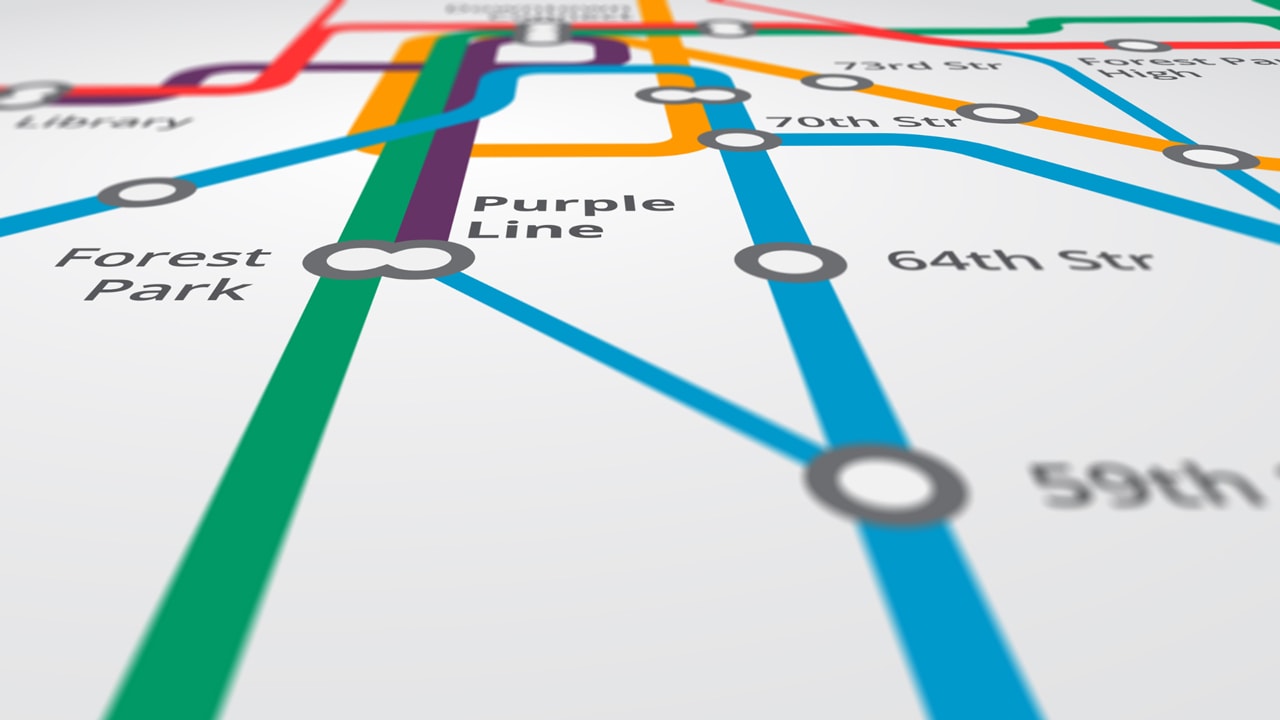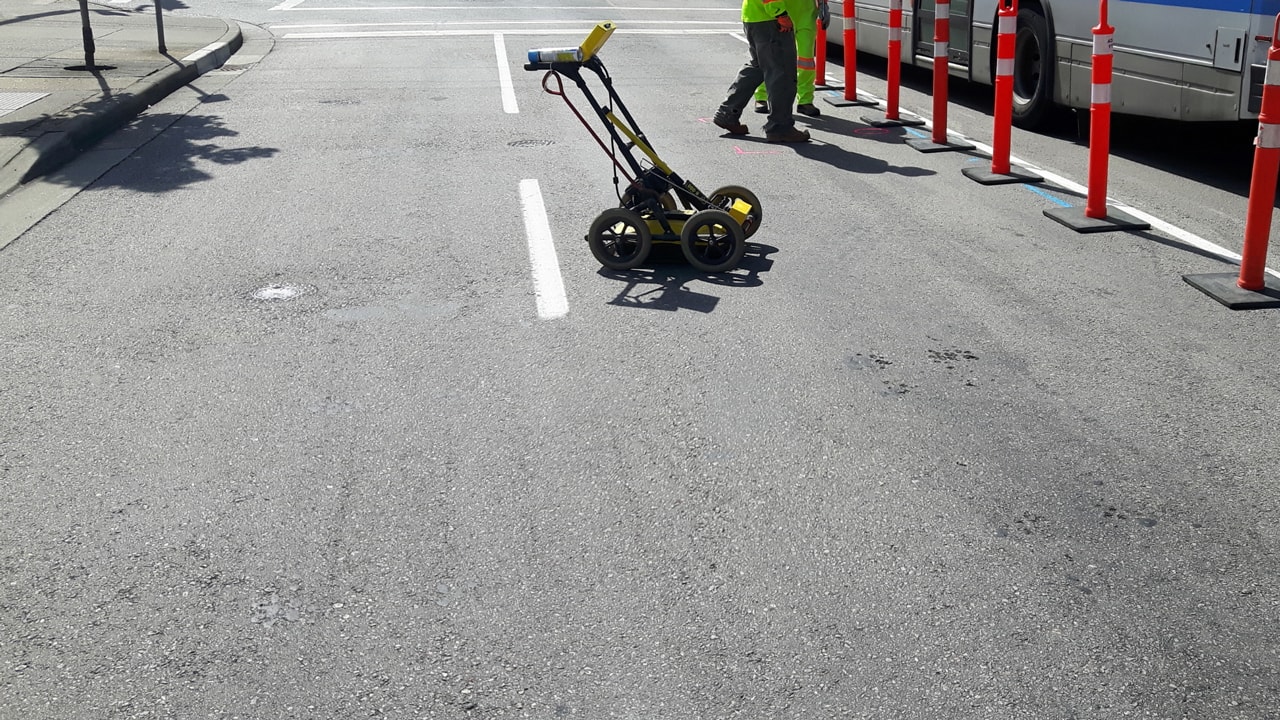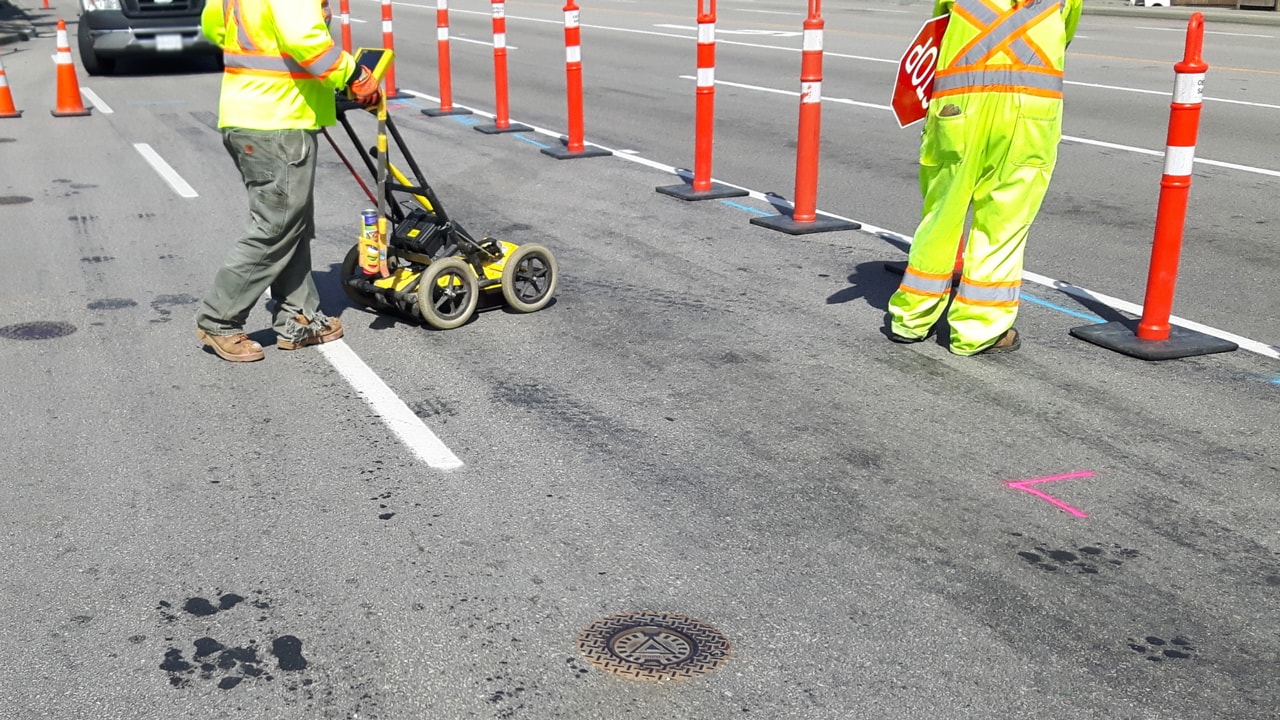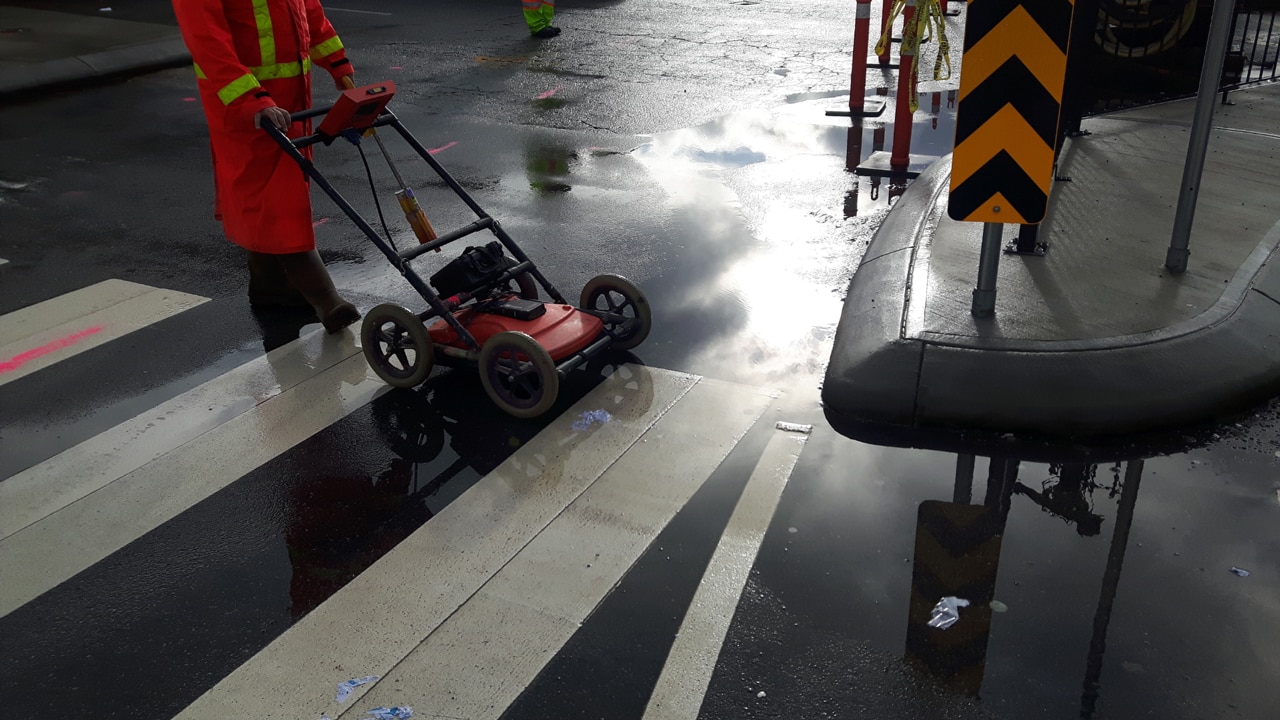Uncover how the advanced technology of 3D utility mapping enhances project visualization, offering precise insights into underground utilities. Let’s also explore the benefits and applications of this tool, ensuring accuracy in your excavation and construction.
In construction projects and urban development, there exists an often-overlooked piece, a complex system of underground utilities that power our cities. As project managers, architects, and construction professionals aim to bring their visions to life, understanding the hidden infrastructure becomes paramount.
This is where the revolutionary realm of 3D utility mapping steps into the spotlight, transforming the way we visualize and comprehend the subterranean landscape.
The Power of 3D Utility Mapping: Beyond the Surface
3D Utility Mapping is not merely a technological innovation; it’s a paradigm shift in how we perceive, plan, and execute construction projects. Here are twelve reasons why 3D Utility Mapping stands as a game-changer in enhancing project visualization.
1. Immersive 3D Environments Beyond Blueprints and Diagrams
Traditional blueprints and 2D diagrams provide a flat representation of the complex underground network. With 3D Utility Mapping, the subsurface comes to life in immersive environments.
Project stakeholders can navigate through intricate 3D scenes, gaining a profound understanding of the spatial relationships among various utilities. This immersive experience transcends the limitations of 2D, offering a more intuitive grasp of the subterranean complexities.
2. Accurate Mapping for Precise Project Planning
Precision is the cornerstone of successful construction projects. 3D Utility Mapping leverages advanced technologies to create accurate and detailed representations of underground utilities.
From gas lines to fiber optic cables, each component is meticulously mapped in a 3D model. This level of accuracy empowers project managers to plan construction activities with a granular understanding of the underground landscape, reducing the risk of accidental damage during excavation.
3. Integration with Building Information Modeling (BIM)
In the digital age, seamless integration is key. 3D Utility Mapping seamlessly interfaces with Building Information Modeling (BIM), creating a unified platform for comprehensive project visualization.
This integration allows project managers to overlay the 3D representation of utilities onto existing BIM models, providing a holistic view of both above and below-ground elements. The synergy between 3D Utility Mapping and BIM streamlines decision-making processes during the design and construction phases.
4. Realistic 3D Objects and Textured Meshes
The power of visualization lies in realism. 3D Utility Mapping goes beyond basic representations, incorporating realistic textures and detailed meshes to enhance visual fidelity. The result is a digital representation of underground utilities that mirrors the actual physical objects.
Project stakeholders can explore and analyze the 3D model with a level of detail that was previously unimaginable, fostering a deeper understanding of the spatial relationships among different utilities.
5. Risk Mitigation with a Proactive Approach
One of the greatest challenges in construction is mitigating the risk of damage to existing utilities during excavation. 3D Utility Mapping allows project managers to adopt a proactive approach by identifying potential clashes or conflicts in the digital realm before breaking ground.
This foresight minimizes the likelihood of accidental damage, reducing the associated costs and delays that often plague construction projects.
6. Empirical Studies Validate Effectiveness
The effectiveness of 3D Utility Mapping is not mere speculation; it’s backed by empirical studies. Researchers in the Visualization Group have conducted comprehensive studies evaluating the impact of 3D technology on project visualization in the construction sector.
The key takeaways from these studies emphasize the enhanced spatial awareness, improved decision-making processes, and reduced instances of underground utility damage when 3D mapping is employed.
7. Enhanced Design Phase Efficiency
Efficiency in the design phase is critical to the overall success of a construction project. 3D Utility Mapping expedites the design process by providing a clear and detailed understanding of the underground utility network.
Designers can optimize building designs, ensuring that structures are harmoniously integrated with existing utilities. This efficiency translates to cost savings and streamlined project timelines.
8. Transition from Digital to Reality
The journey from digital representation to physical construction is a delicate one. 3D Utility Mapping smoothens this transition by offering a tangible link between the digital and physical realms.
The 3D model serves as a bridge, enabling project managers to translate virtual plans into actual buildings with a maximum probability of success and minimal unforeseen challenges.
9. Future-Proofed with Digital Technologies
The construction industry is dynamic, and embracing digital technologies is a key strategy for future-proofing projects. 3D Utility Mapping aligns with this forward-thinking approach, incorporating state-of-the-art digital materials and technologies.
As the industry evolves, projects equipped with 3D mapping are better positioned to adapt to emerging trends and innovations.
10. A Comprehensive View of Urban Environments
The urban environment is composed of a variety of elements, both above and below ground. 3D Utility Mapping and private utility locating provide a comprehensive view of the urban landscape by unraveling the mysteries beneath the surface.
From bustling city centers to suburban neighborhoods, understanding the underground infrastructure is pivotal for sustainable urban development and infrastructure planning.
11. Simulation of Accidental Damage Scenarios
Understanding the potential repercussions of accidental damage is crucial for risk management. 3D Utility Mapping allows for the simulation of various accidental damage scenarios, providing a dynamic view of how different utilities might be affected during construction.
This simulation capability empowers project managers to develop contingency plans and response strategies, fostering a proactive approach to risk mitigation.
12. Streamlined Utility Locating Services
When paired with advanced utility locating services, 3D mapping streamlines the entire process. Utilizing cutting-edge technology, these services precisely identify the location of underground utilities and seamlessly integrate this data into the 3D model.
This synergy not only enhances the accuracy of mapping but also simplifies the workflow for utility locating, saving time and resources during the construction phase.
Harmony Beneath the Surface, Precision Above Ground with Util-locate
As you embark on your construction journey, consider the transformative power of 3D Utility Mapping. It’s not just about mapping utilities; it’s about navigating the complexities below the surface with precision and building above ground with unwavering confidence.
Whether you need expertise in innovation or precision mapping, Util-Locate stands ready to guide you through the subterranean maze. Partner with our team and let your projects resonate with the safety, efficiency, and insight that 3D Utility Mapping and underground utility locating services bring.
Plan with precision, build with confidence—contact us at 866-638-1075 at Util-Locate today!




